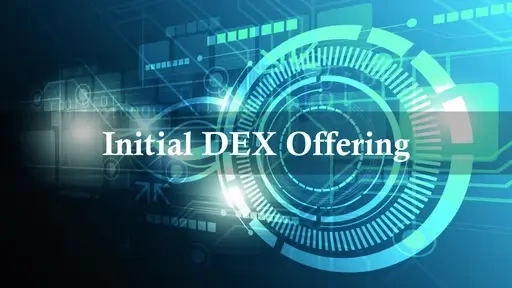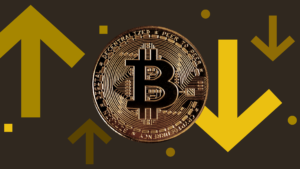IDO vs IEO: These Two Might Sound Alike—But Trust Us, They’re Not
If you’re dipping your toes into crypto fundraising, you’ve probably seen the terms IDO vs IEO floating around. They look almost interchangeable… just a letter apart, right? But hold up—they actually point to very different fundraising models.
Let’s not overcomplicate this. One’s run through centralized exchanges (IEO), the other uses decentralized ones (IDO). The difference? It’s more than technical—it impacts who can join, how safe it is, and even how early you get in.
Here’s a simple list-style breakdown of what sets them apart.
1. Launch Platform: Centralized vs. Decentralized
IEOs (Initial Exchange Offerings) are hosted on centralized crypto exchanges—think Binance, KuCoin, OKX. The platform manages everything: the listing, KYC, and token distribution.
On the flip side, IDOs (Initial DEX Offerings) happen on decentralized exchanges like Uniswap or PancakeSwap. No middlemen. Just smart contracts and public pools.
That means IEOs offer structure, but IDOs? Wild west energy. You decide if that’s thrilling—or terrifying.


2. IDO vs IEO User Access & Barriers to Entry
Let’s talk ease of entry.
With IEOs, you’ll usually need to register on the exchange, complete identity verification, and sometimes hold a specific token to participate. There are rules.
IDOs, though? They’re wide open. You just need a crypto wallet, a little gas, and you’re in. No paperwork, no logins… sounds great, right? But maybe too easy for some bad actors to exploit.


3. Trust Level: Vetted or Unfiltered?
Here’s where things get interesting.
IEOs come with a promise—some level of project screening. Exchanges have reputations to protect, so they’ll typically do basic due diligence before launching anything.
IDOs? Well, anyone can launch one. That’s not an exaggeration. No filters, no audits unless the project adds them voluntarily. So yeah—more freedom, but more scams too.
If you’re new and just testing the waters? This point alone might tip the scale toward IEOs.

4. Community and Early Access Vibes
Want to be “in early”? IDOs often give you that shot. They typically launch before any major listing, so you might catch a low price… emphasis on might. And let’s not forget: being early means being exposed to more volatility, too.
IEOs are more established and often launch after some buzz has already built. That means less surprise upside, but maybe a little more stability.
So it’s really: “Do I want a rocket launch or a slow climb?”
5. Risk & Reward Balance
This one’s simple—but critical.
IDOs = higher risk, higher reward. You could snag a moonshot. You could also buy into a rug pull.
IEOs = lower risk, more structure. But maybe you miss out on the crazy gains. They’re also more regulated, so there are limits—like regional bans or stricter rules.
So it boils down to your appetite. Hungry for action or craving peace of mind?

IDO vs IEO Final Thoughts: Which One Should You Choose?
There’s no universal winner in the IDO vs IEO debate—it all depends on your level of experience, your risk tolerance, and honestly, your gut feeling.
If you like the idea of trusted platforms doing some of the screening for you, IEOs might feel more comfortable. But if you’re a DeFi native or just tired of centralized gatekeepers, IDOs give you open access and raw potential.
Either way, the key is this: know what you’re getting into. Because in crypto, one letter can make a world of difference.
Relevant news: IDO vs IEO: 5 Key Differences Every Crypto Investor Should Know






